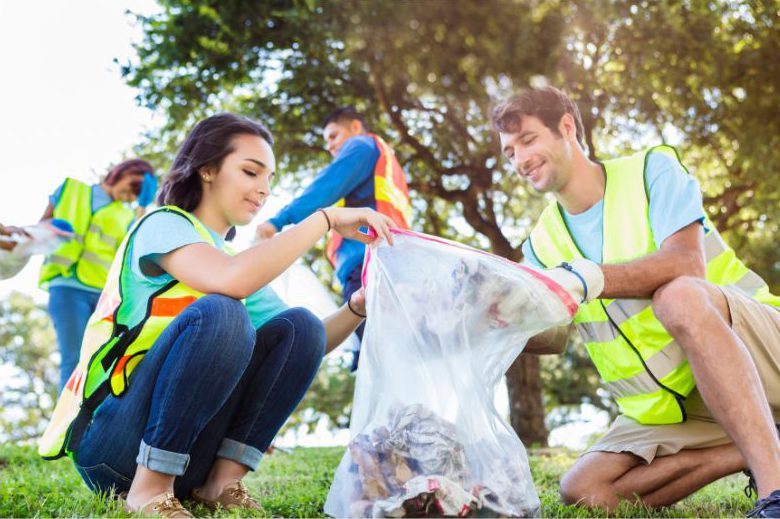

Art School Application: How to Nail Your Admissions Interview
Posted by
How to Nail Your Art School Admission Interview
If you’re applying to a visual or performing arts school, of course your art portfolio, stage reading or musical or dance performance is going to have a huge bearing on whether you get accepted. The creative part of your audition can tell an admissions committee a whole lot about you, it doesn’t tell them everything. In making their decisions, admissions officers need to know each prospective student as a person, not just as an artist or performer. This is the reason you may face an art school admissions interview in your application process.
Interview answers factor into final admissions decisions—and can make the difference between a letter of acceptance and a letter that says “thanks anyway.” Interviews also give you a chance to get to know the school and decide if it’s right for you.
Do Your Homework
Whether your art school interview is via video call or in-person, take some time to prepare. Interview questions vary from school to school, but broadly, they’re designed to help admissions staff under- stand who you are, what your goals are, and why you’ve chosen to apply to their school.
To help students prepare ahead of time, highly competitive, Boston-based Berklee College of Music posts its admissions interview questions online. Alex Leiva, Assistant Director of Admissions at Berklee, says that the admissions process in- cludes a 15-minute audition with music faculty and a 15-minute interview with admissions staff.
“We use the interview to ascertain the student’s goals, background, and how they have been preparing for Berklee,” says Leiva. That doesn’t mean you need to have your entire college and post-college career mapped out, he says. But students should come across as focused, with some kind of clear goals.
Give Thoughtful Responses
At schools like Berklee, admissions interviews are part of the overall process, says Leiva. “They count a ton,” he says, “in the way we process applicants and complete our overall assessment. They fill in the gaps that an audition doesn’t reveal.”
For some students, says Leiva, the interview might make the difference, especially if an audition is borderline. “We have a minimum performance standard,” he says, “but not all students are here to pursue performance—some might want to be music engineers or producers.” For those students, especially, thoughtful interview responses matter.
Admissions officers want to know that you’ve given time and thought to your motivation. “’I love perform- ing’ is a different answer than ‘I want to be a touring folk musician, run my own band and release albums every two years,’” says Leiva. Both students most certainly love performing—but only one of them has expressed a vision that goes beyond just playing for an adoring audience.
Go In With Your Eyes Open
When I worked in admissions at the Corcoran School of Art in Washington, DC, the interview process helped us get to know prospective students. But it also helped students determine whether the school was right for them.
I knew the strengths and weaknesses of our programs and while I wouldn’t steer a student away from apply- ing—unless they obviously weren’t ready, either be- cause of their art portfolio or their GPA—I tried to be honest with them, especially if they were applying to a program where they didn’t seem like a natural fit.
For example, if a student with a portfolio that consisted entirely of expressionist oil paintings told me he wanted to study graphic design, we’d talk about that. I’d explain the program requirements and talk about the classes he’d be taking. We’d tour the de- sign studios and see students at work. Whether he could picture himself in that environment was up to him to decide—but I always hoped that students were honest with themselves.
Eric Kaster, Assistant Director of Transfer Admissions at the College for Creative Studies in Detroit, says most visual art schools he knows tend to take a similar approach with admissions interviews— they may be a less formal part of the admissions process, and they’re there to inform students as much as they inform admissions staff. “Everywhere I worked, we met with as many students as we could (often at recruitment events) to be sure they were prepared with a portfolio that showed potential,” says Kaster. “We might provide tips and recommendations for how to improve their work, and offer information, not just about our school but also schools of art and design in general.
Be Your Authentic Self
In art, music, dance or theatre, the most moving works or performances are those that seem to re- veal something about the artists themselves. Think of your art school admissions interview the same way. And just as you would in visual or performing arts, rehearse. Practice your interview questions.
“Don’t worry about trying to figure out what you think we want to hear,” says Leiva. “Be authentic to yourself. But make sure you’re ready to deliver that authenticity in a clear, concise package.”
While you’re unlikely to be judged on how eloquent you are or how large your vocabulary is, it’s still important to be able to talk about who you are. “In any arts industry, you have to learn to talk about yourself and your work,” says Leiva. Your art school admissions interview is the perfect place to start.
Blog Categories
- Career Advice
- College Admissions
- Colleges & Universities
- Financial Aid and Scholarships
- For Counselors
- For Parents
- For Students
- Gap Years
- Mental Health and Wellness
- Online Learning
- Performing and Visual Arts
- STEM Majors and More
- Summer Programs
- Teen Volunteering
- Trade & Vocational Schools
- Tutoring & Test Prep

Organization with listings on TeenLife? Login here
Register for Free
We’re here to help you find your best-fit teen-centered academic and enrichment opportunities.
Forgot Password
"*" indicates required fields








